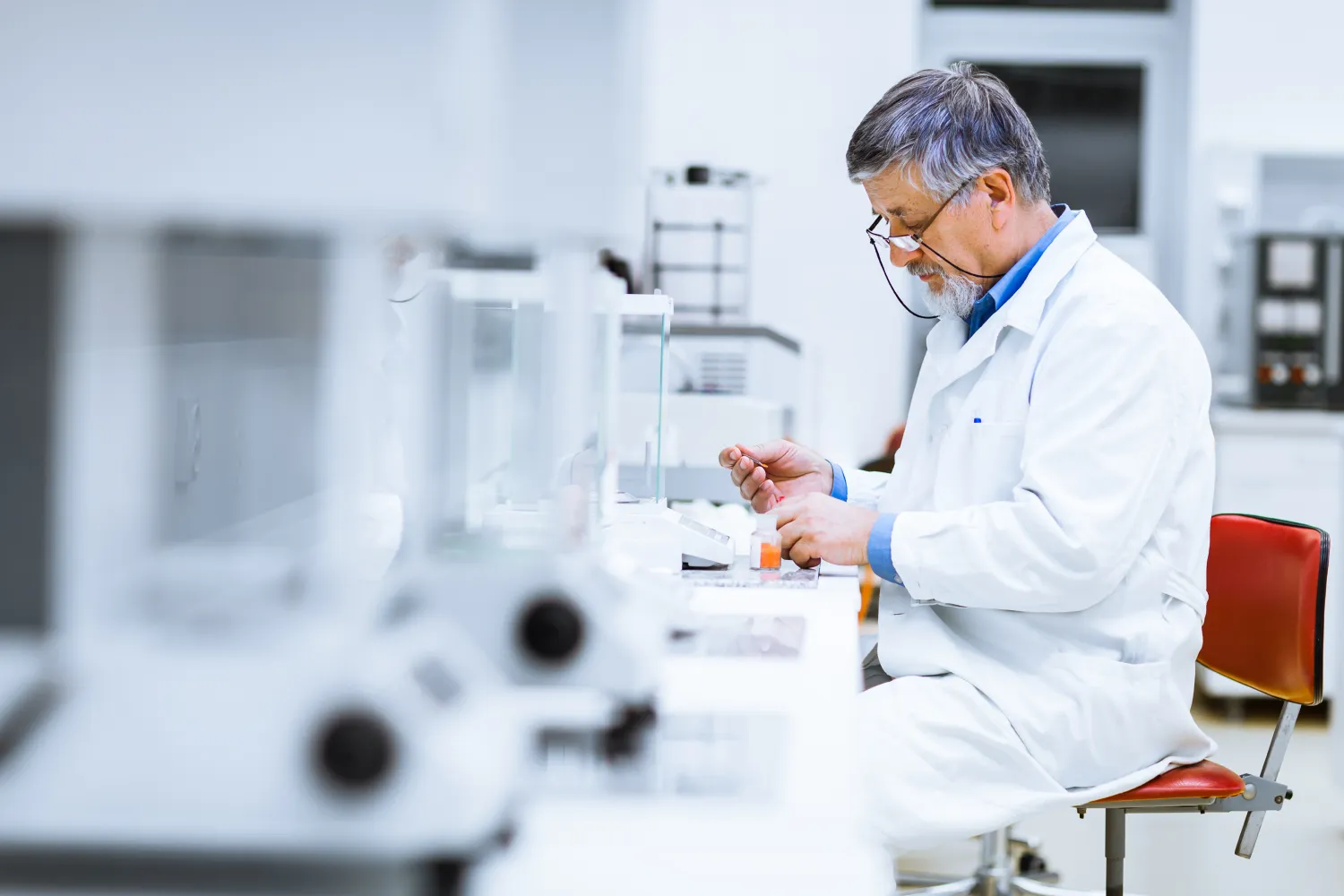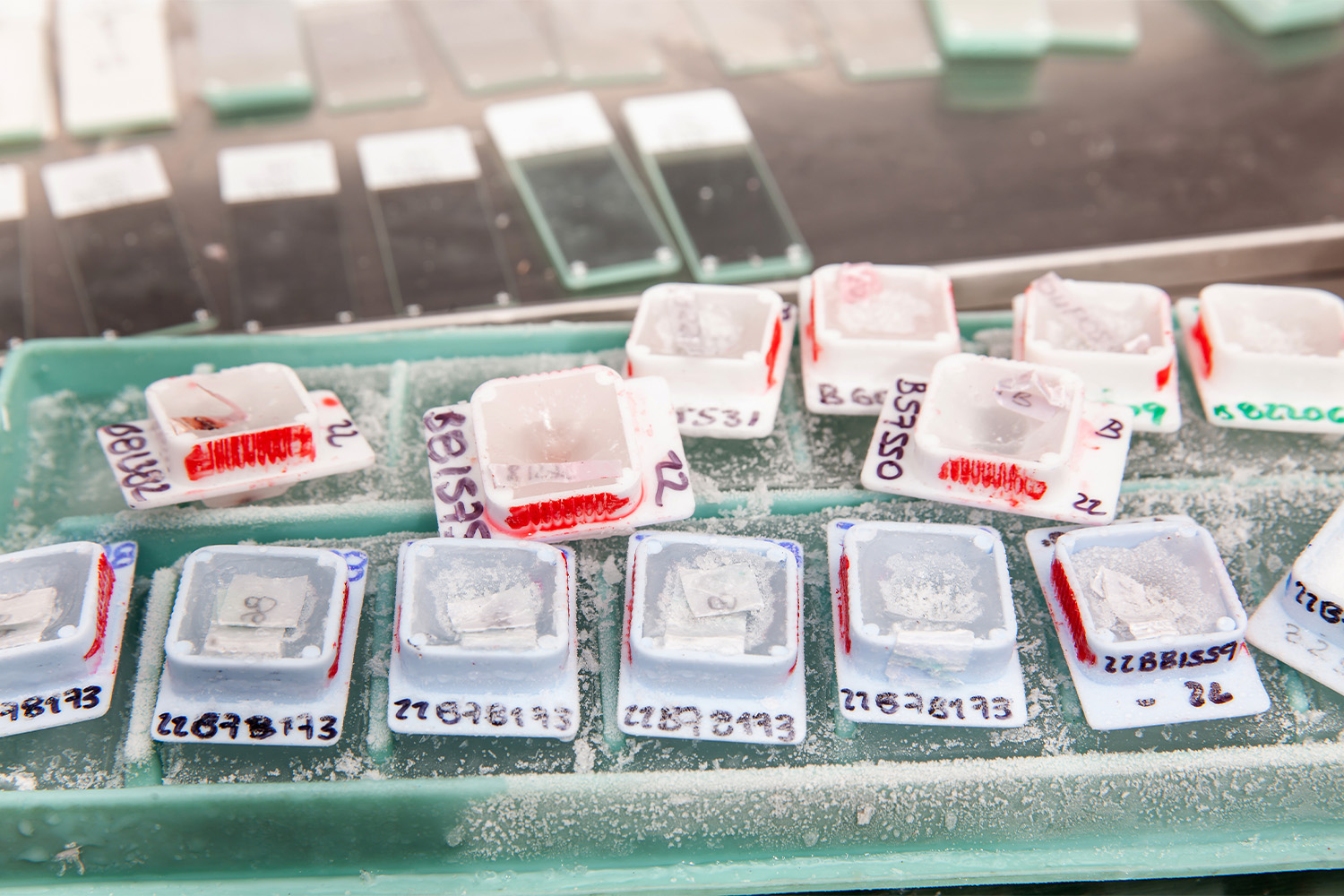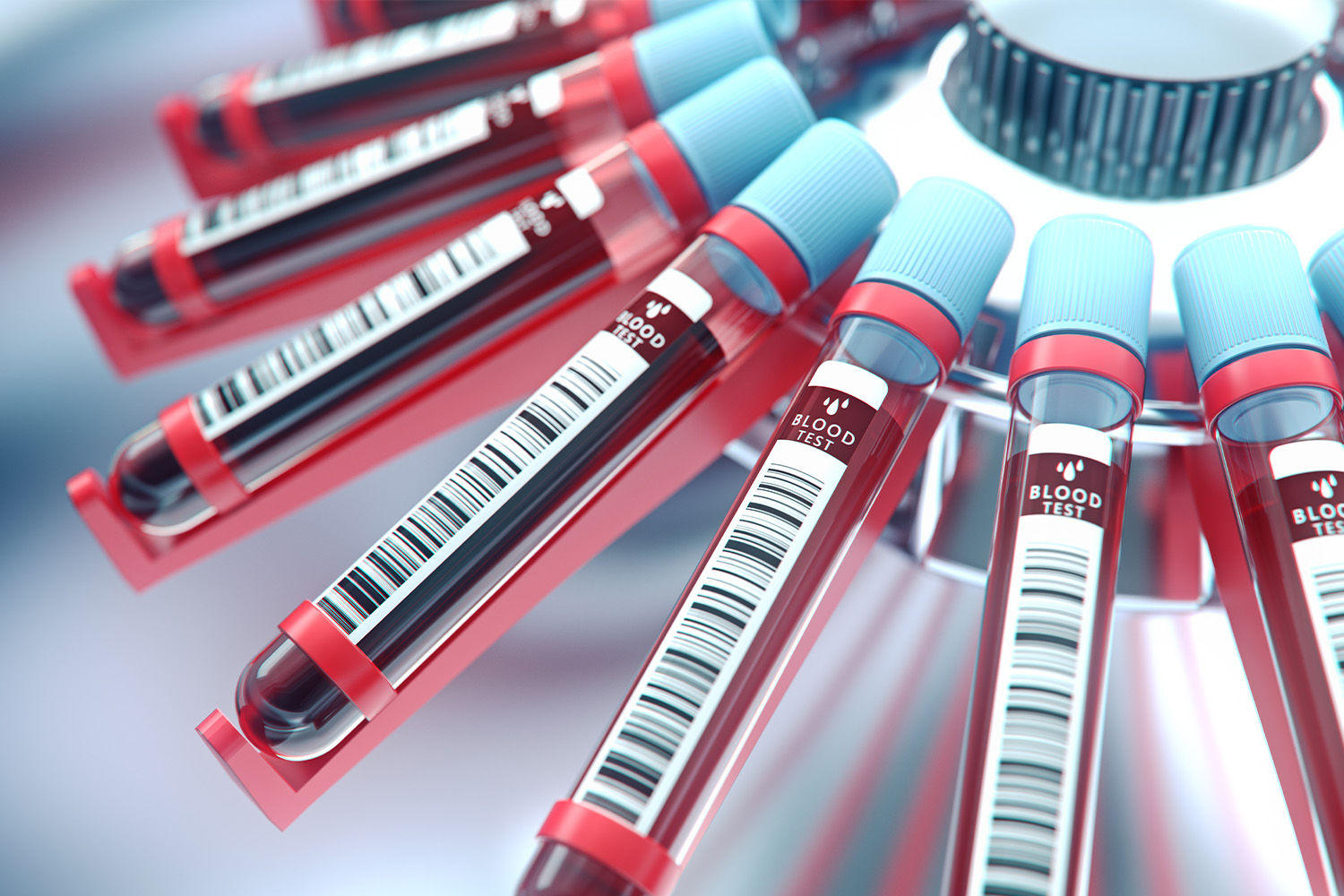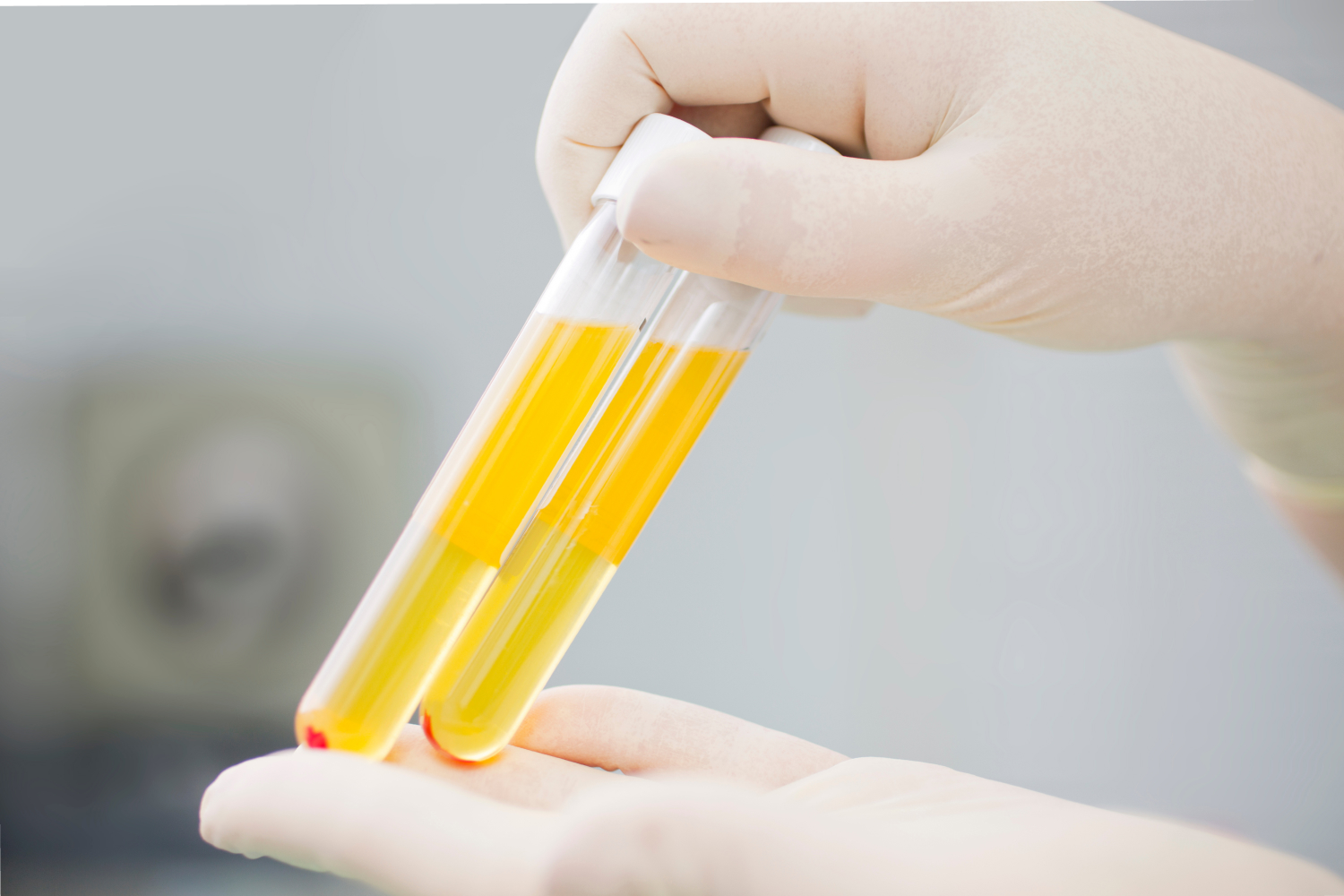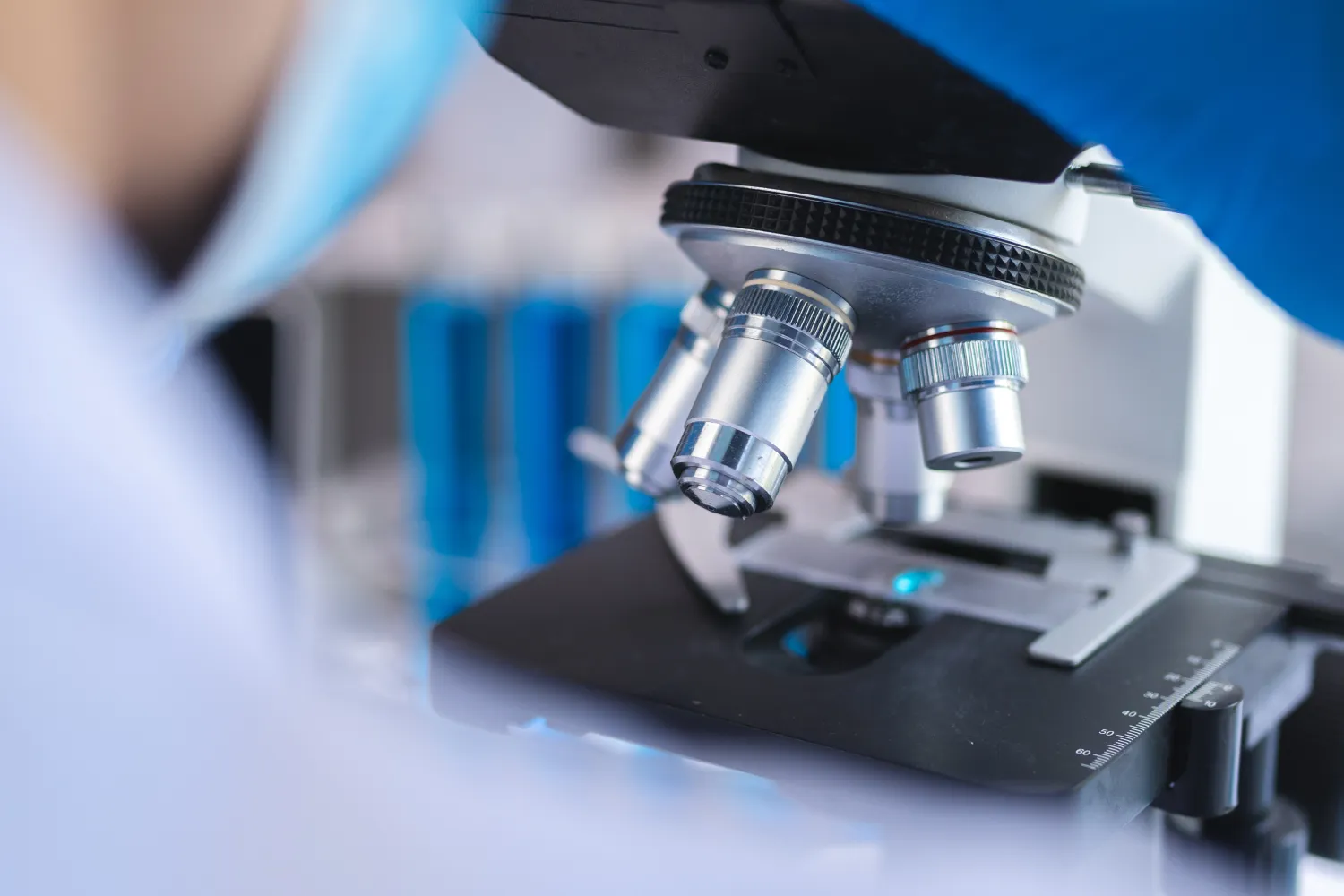In the world of healthcare, the introduction of medical devices has significantly transformed the landscape, offering innovative solutions for diagnosis, treatment, and patient care. From simple instruments like thermometers to state-of-the-art robotic surgical systems, medical devices continuously push the boundaries of modern medicine.
However, bringing these devices from a conceptual stage to real-world clinical applications requires rigorous testing through medical device trials.
To navigate this extensive process and ensure each device’s safety and efficacy, there’s a need for systematic categorization. This categorization not only provides a standardized framework for evaluations but also facilitates an understanding of the device’s potential impact on healthcare.
Background on Medical Devices
Medical devices can be broadly defined as any instrument, apparatus, or equipment intended for use in the diagnosis, prevention, or treatment of diseases or conditions. Their spectrum ranges from the rudimentary, such as bandages or dental floss, to the sophisticated, including MRI machines or pacemakers.
Given the diversity in function, complexity, and potential risks, it’s essential to have a clear understanding of these devices. As they directly or indirectly interact with the human body, their design, operation, and safety mechanisms are crucial, making them distinct from ordinary tools or machinery.
Classification Based on Risk and Complexity
Given the vast array of medical devices and their varied interactions with the human body, assessing the associated risks becomes a cornerstone of the classification process. By evaluating potential hazards, regulatory bodies can set appropriate controls to ensure maximum safety.
Class I Devices
These are low-risk devices, posing minimal potential harm to the user. Examples include tongue depressors, bedpans, and hand-held surgical instruments. For these devices, general controls — like labeling requirements, quality assurance, and proper record-keeping — are typically deemed sufficient to guarantee safety.
Class II Devices
Moving up the risk ladder, Class II devices have a moderate to high-risk profile. Examples in this category might include powered wheelchairs, infusion pumps, and certain diagnostic imaging equipment.
These devices not only require the general controls of Class I but also special controls. This might involve specific performance standards, post-market surveillance, or specialized labeling to mitigate potential risks.
Class III Devices
Representing the highest risk category, Class III devices are those that support or sustain human life, are of significant importance in preventing impairment of human health, or present a potential, unreasonable risk of illness or injury. Examples encompass heart valves, implantable neurostimulators, and breast implants.
Due to the critical nature of these devices, pre-market approval is essential. This rigorous process ensures that the device has been thoroughly tested and evaluated for its intended use, ensuring both its safety and effectiveness.
By categorizing medical devices based on risk and complexity, regulatory bodies, manufacturers, and healthcare providers can navigate the intricate realm of device development, evaluation, and application with clarity and confidence.
Phases of Medical Device Clinical Trials
Navigating the multifaceted terrain of medical device development demands a systematic approach to ensure patient safety, efficacy, and compliance with regulatory standards. This meticulous process unfolds over several distinct phases, each designed to rigorously test and refine the medical device.
These phases, integral to the lifecycle of a medical device, range from preliminary evaluations to post-market surveillance.
Preliminary Trials
Before introducing a device to human subjects, preliminary trials come into play. These trials primarily focus on safety, functionality, and biocompatibility evaluations. Laboratory settings and animal models often serve as the primary testbeds. For example, a novel surgical stent might undergo preliminary testing in animal models to assess its stability, potential complications, and overall efficacy.
Phase I Trials
The initial foray into human testing begins with Phase I trials. These trials primarily assess the device’s safety and initial performance observations.
The study population during this phase is generally small and might consist of healthy volunteers or individuals with specific conditions, depending on the device. A new type of wearable heart monitor, for example, might be tested on a select group of individuals to monitor its accuracy and any potential skin irritations or allergic reactions.
Phase II Trials
Building on the findings from Phase I, Phase II trials involve an expanded study population, allowing for a more in-depth assessment of the device’s safety and efficacy over more extended periods.
Moreover, this phase helps fine-tune device specifications based on real-world feedback. A bone graft substitute, for instance, might be tested in a broader patient demographic to evaluate its adaptability and effectiveness in various surgical scenarios.
Phase III Trials
As the device moves closer to potential market release, Phase III trials conduct large-scale testing across diverse populations. This phase not only gauges the device’s general safety and efficacy but also compares its performance to existing standard devices or treatments.
For example, a next-generation insulin pump might be tested across various age groups, health conditions, and lifestyles to ensure its broad applicability and superiority (or at least equivalence) to current market leaders.
Post-market Clinical Follow-up Trials
Once the device has secured regulatory approval and finds its way into the market, the evaluation doesn’t cease. Post-market clinical follow-up trials continuously monitor the device’s performance in real-world settings.
These trials aim to track any adverse events, complications, or unforeseen issues arising in the broader patient demographic. For instance, a newly introduced intraocular lens would be closely monitored post-implantation to track its long-term stability, clarity, and any potential complications.
In essence, each phase of medical device clinical trials acts as a rigorous checkpoint, ensuring that every medical device introduced into the healthcare landscape is not only innovative but also safe, effective, and reliable for its intended user base.
Special Trials for Unique Devices
The intersection of technology and medicine has given birth to “software as a medical device” (SaMD), a category that requires distinctive trial methodologies. Examples include AI-driven diagnostic platforms.
At iProcess Global Research Inc., we’re pioneering this space by leveraging AI to revolutionize drug discovery and disease diagnosis. Utilizing our expansive global network, we provide essential digital imaging and clinical pathology services, sourcing diverse images from tissues to MRIs.
As SaMDs grow in prominence, trials must adapt, focusing not just on physical efficacy but also on data accuracy and digital security.
The Role of Regulatory Bodies in Trial Categorization
Ensuring the safety and efficacy of medical devices falls under the purview of regulatory bodies, with organizations like the FDA setting the gold standard for many nations. These bodies establish the guidelines that shape the categorization and evaluation of devices, ensuring patient safety and fostering innovation.
However, the medical device landscape is global, and while the FDA’s influence is significant, regional differences exist. For instance, the European Union’s Medical Device Regulation (MDR) might have nuances that differ from FDA guidelines.
This global perspective underscores the importance of companies staying abreast of various international regulations to ensure compliance across markets.
Challenges in Categorizing Medical Device Trials
The medical technology landscape can be like shifting sands — constantly changing and introducing new paradigms. One of the most salient challenges in categorizing medical device trials lies in the growing confluence of digital technologies with traditional devices.
Wearable tech, real-time data monitoring tools, and AI-integrated systems all demand a rethinking of conventional categorization methods. This overlap poses dual challenges: ensuring the mechanical or physical safety of a device while also safeguarding the data integrity and security of digital components.
The Importance of Proper Categorization
At its core, the meticulous categorization of medical device trials serves three primary purposes.
First, it enshrines the principle of patient safety. By ensuring that each device undergoes rigorous testing tailored to its unique attributes, categorization minimizes potential risks.
Secondly, a well-defined categorization system facilitates a streamlined evaluation process, allowing innovations to reach the market expediently without compromising on safety standards.
Lastly, while speed is essential, maintaining rigorous standards is paramount. Proper categorization strikes a balance, encouraging groundbreaking innovations while ensuring they adhere to the highest safety and efficacy standards.
As the industry navigates these challenges and opportunities, the importance of proper categorization in the medical device trial ecosystem remains undiminished, acting as the bulwark that upholds the highest standards of patient care and safety.
Conclusion
In the rapidly evolving sphere of healthcare, medical device trials stand as a testament to the industry’s unwavering commitment to excellence, safety, and innovation. As we venture further into this digital age, the landscape of medical devices grows increasingly complex, demanding a robust and agile framework for categorization and evaluation.
At iProcess Global Research, we understand the profound significance of these trials, recognizing that behind every categorization and every phase of testing lies the potential to enhance and save countless lives. It’s a journey that requires precision, expertise, and a deep-seated respect for the profound impact these devices can have.
As we continue to navigate this intricate landscape, our focus remains clear: to play a pivotal role in shaping a future where medical devices seamlessly blend innovation with safety, ensuring a brighter, healthier tomorrow for all.
Sources:
Medical devices | World Health Organization (WHO)
